OS-V: 0530 Composite Shell Bending
This problem discusses the composite shells two- or three-layer plate subjected to a sinusoidal distributed load, as described by Pagano (1969).
The resulting transverse shear and axial stresses through the thickness of the plate are compared to analytical solutions using classical laminated plate theory (CPT) and linear elasticity theory.
Model Files
Benchmark Model
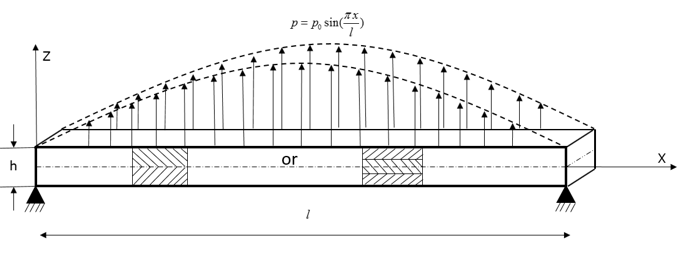
Figure 1. Composite Shell Subjected to Uniformly Varying Sine Load
- For the two-layer model, the top layer is in 90° orientation and the bottom layer is in 0° orientation.
- For the three-layer model, the top and bottom layer are in 0° orientation and the middle ply is in 90° orientation.
- Property
- Value
- EL
- 25*106 lb/in2 (172.4 GPa)
- ET
- 1.0*106 lb/in2 (6.90 GPa)
- GLT
- 0.5*106 lb/in2 (3.45 GPa)
- GTT
- 0.2*106 lb/in2 (0.2 GPa)
- VLT = VTT
- 0.25
- L
- Signifies the direction parallel to the fibers
- T
- Signifies the transverse direction
| Stress Value | Xt | Xc | Yt | Yc | S |
|---|---|---|---|---|---|
| GPa | 2.07*10-4 | -8.28*10-5 | 3.45*10-6 | -1.03*10-5 | 6.89*10-6 |
| lb/in2 | 30.0 | -12.0 | 0.5 | -1.5 | 1.0 |
Results
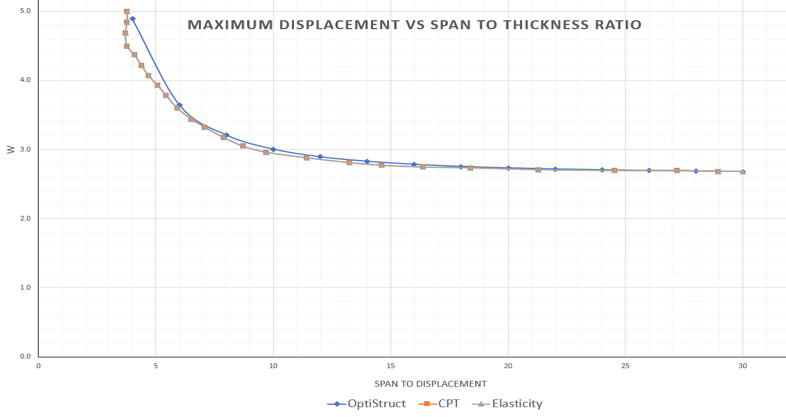
Figure 2. Maximum Displacement versus Span to Thickness Ratio of Two-layer 2nd Order Plate
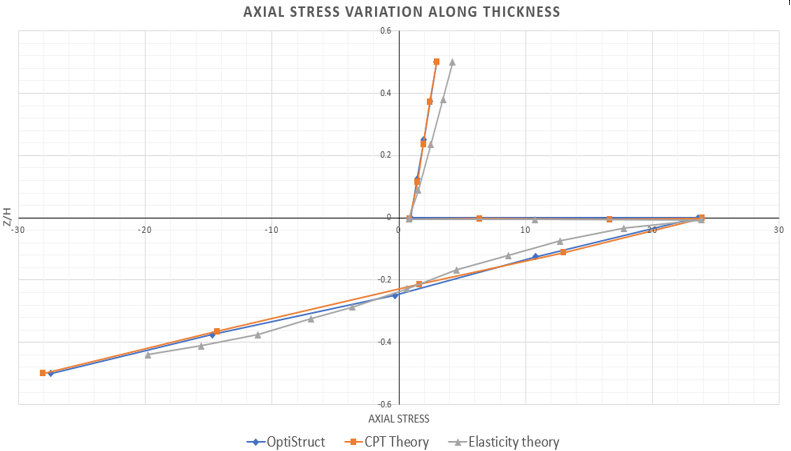
Figure 3. Axial Stress Distribution through the Thickness of Two-layer 2nd Order Plate
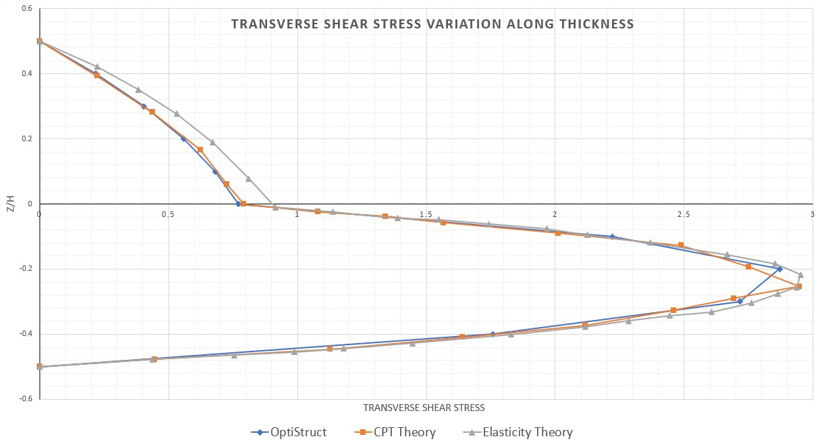
Figure 4. Transverse Shear Stress Distribution through the Thickness of Two-layer 2nd Order Plate
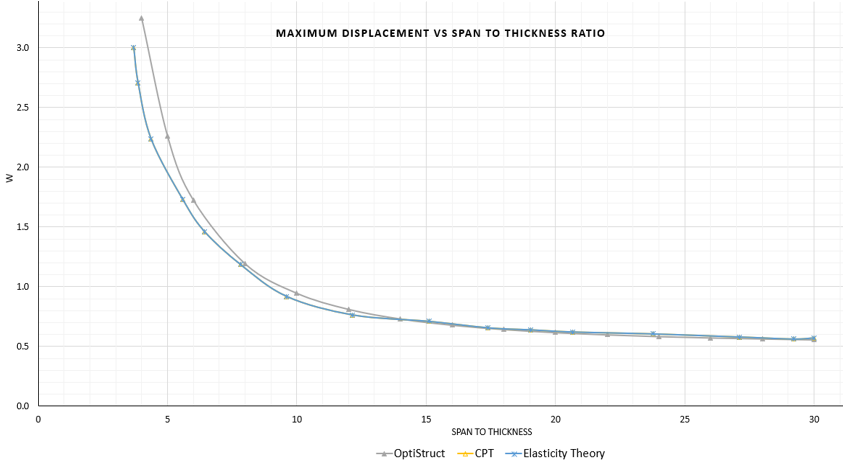
Figure 5. Maximum Displacement versus Span to Thickness Ratio of Three-layer 1st Order Plate
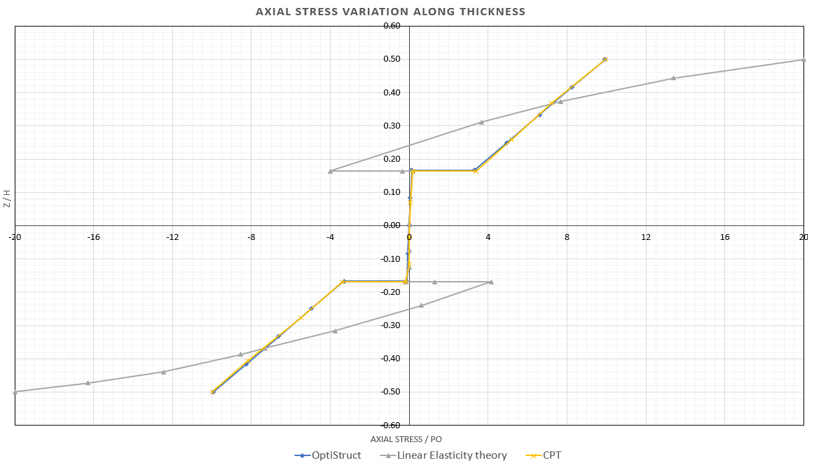
Figure 6. Axial Stress Distribution through the Thickness of Three-layer 1st Order Plate
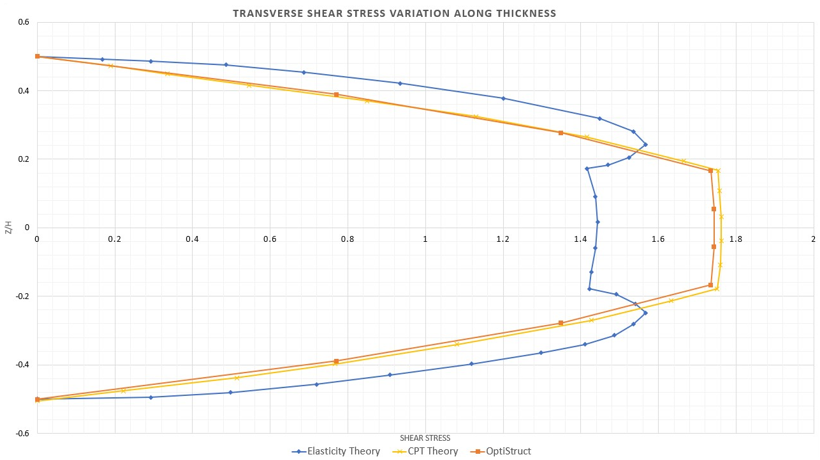
Figure 7. Transverse Shear Stress Distribution through the Thickness of Three-layer 1st Order Plate
Reference
Exact Solutions for Composite Laminates in Cylindrical Bending by N.J. Pagano, Washington University, St. Louis, MO (May 7, 1969)
Nonlinear finite element shell formulation accounting for large membrane strains by Thomas J.R. Hughes and Eric Carnoy, Stanford University (1982)